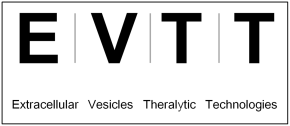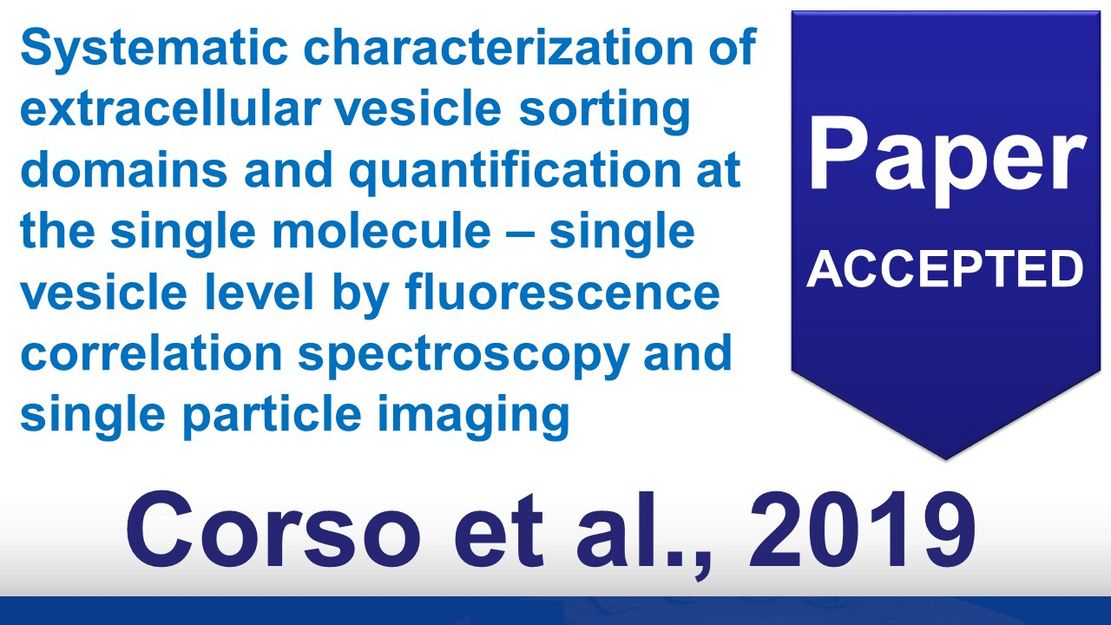Systematic characterization of extracellular vesicle sorting domains and quantification at the single molecule – single vesicle level by fluorescence correlation spectroscopy and single particle imaging
Extracellular vesicles (EV) convey biological information by transmitting macromolecules between cells and tissues and are of great promise as pharmaceutical nanocarriers, and as therapeutic per se. Strategies for customizing the EV surface and cargo are being developed to enable their tracking, visualization, loading with pharmaceutical agents and decoration of the surface with tissue targeting ligands. While much progress has been made in the engineering of EVs, an exhaustive comparative analysis of the most commonly exploited EV-associated proteins, as well as a quantification at the molecular level are lacking. Here, we selected 12 EV-related proteins based on MS-proteomics data for comparative quantification of their EV engineering potential. All proteins were expressed with fluorescent protein (FP) tags in EV-producing cells; both parent cells as well as the recovered vesicles were characterized biochemically and biophysically. Using Fluorescence Correlation Spectroscopy (FCS) we quantified the number of FP-tagged molecules per vesicle. We observed different loading efficiencies and specificities for the different proteins into EVs. For the candidates showing the highest loading efficiency in terms of engineering, the molecular levels in the vesicles did not exceed ca 40–60 fluorescent proteins per vesicle upon transient overexpression in the cells. Some of the GFP-tagged EV reporters showed quenched fluorescence and were either non-vesicular, despite co-purification with EVs, or comprised a significant fraction of truncated GFP. The co-expression of each target protein with CD63 was further quantified by widefield and confocal imaging of single vesicles after double transfection of parent cells. In summary, we provide a quantitative comparison for the most commonly used sorting proteins for bioengineering of EVs and introduce a set of biophysical techniques for straightforward quantitative and qualitative characterization of fluorescent EVs to link single vesicle analysis with single molecule quantification. [get the paper]










